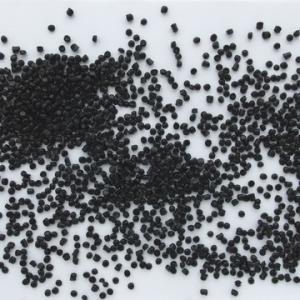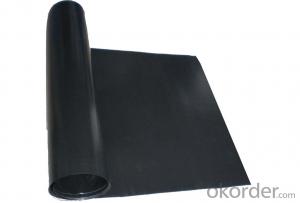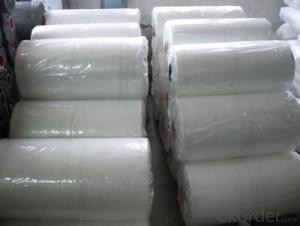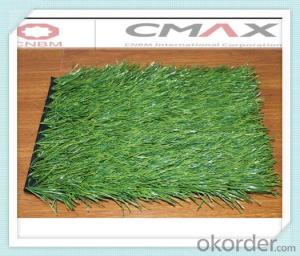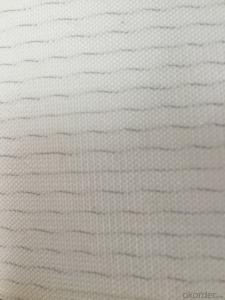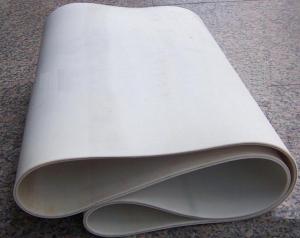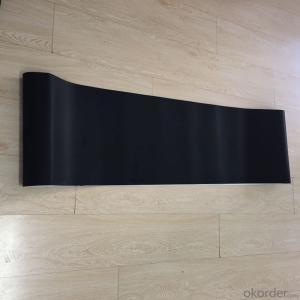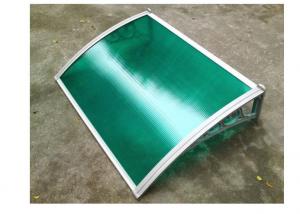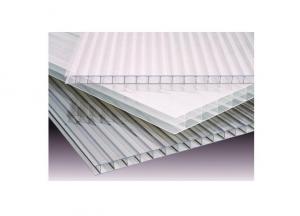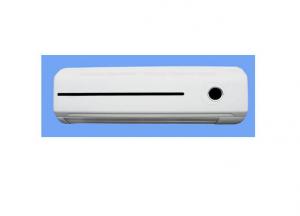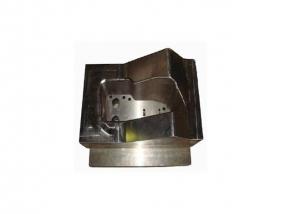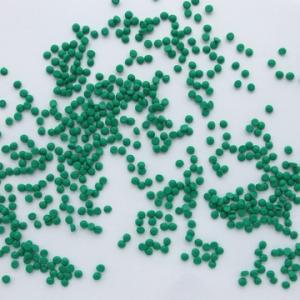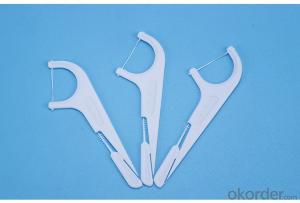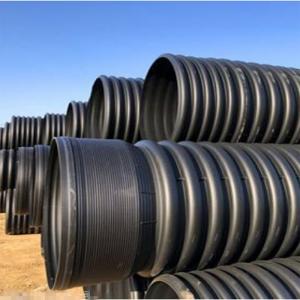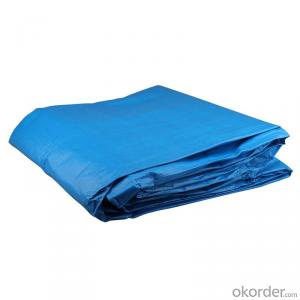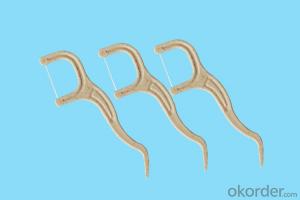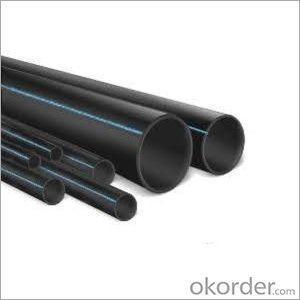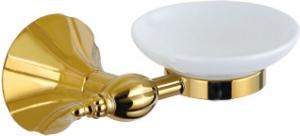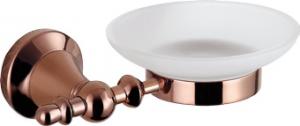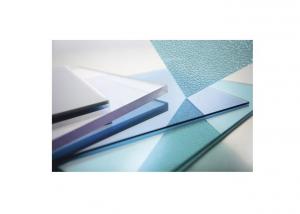PE Compound
- Loading Port:
- Shanghai
- Payment Terms:
- TT OR LC
- Min Order Qty:
- -
- Supply Capability:
- 3000 Tons kg/month
OKorder Service Pledge
OKorder Financial Service
You Might Also Like
PE Compound
I. Type andapplication
Type | Product | Application |
NDH | Black LDPE jacket compound for resistance to environmental stress crack | Jacket of telephone cable, RF cable and optical cable |
LDH | Black LLDPE jacket compound | |
MH | Black MDPE jacket compound | |
GH | Black HDPE jacket compound | Jacket of optical cable. High strength and abrasion resistant jacket |
NLDJ | Black weatherability LLDPE insulating compound | |
NGJ | Black weatherability HDPE insulating compound | Insulation of aerial cable |
ZPE | Flame retardant PE compound | Flame-retardant insulating or jacket of 70~90℃wires and cables |
RDH | Flexible PE jacket compound | Flexible PE jacket of 70℃wires and cables |
II. PE compound, based on PE resin, isproduced and pelletized with the double corrugated screw, in which variousadditives are added. The compound is according to GB 15065-94 and IEC 60502. The compound has outstandingperformances of processing, physical, mechanical and electrical properties.
III. Processing: It is recommended thatcompound should be processed with extruder having a minimum L/D ratio of 25.Compound (not including ZPE) should be thoroughly dried before use, and the maximum drying temperature should notexceed 100℃.
Thefollowing temperature(℃) profile of extruder is recommended:
Type | Zone 1 | Zone 2 | Zone 3 | Zone 4 | head | die |
NDH | 180 | 190 | 200 | 210 | 220 | 230 |
LDH | 170 | 180 | 190 | 200 | 210 | 220 |
MH | 180 | 210 | 220 | 230 | 245 | 240 |
GH、NGJ | 190 | 215 | 230 | 245 | 245 | 240 |
NLDJ | 160 | 180 | 195 | 200 | 200 | 210 |
ZPE | 140 | 150 | 160 | 170 | 170 | 165 |
RDH | 140 | 160 | 175 | 180 | 190 | 190 |
Note: The processing parameters are forreference only, optimal conditions may vary according to the equipment used.The cooling water tank should be used sectionally cooling with warm-waterechelon in order to reduce internal stress.
ⅳ. Properties
Unit | NDH | GH | LDH | MH | RDH | ||||||
Standard | Typical | Standard | Typical | Standard | Typical | Standard | Typical | Standard | Typical | ||
Volume Resistivity at 20℃ | ≥Ω﹒m | 1.0×1014 | 1.1×1015 | 1.0×1014 | 8.0×1014 | 1.0×1014 | 8×1014 | 1.0×1014 | 3.6×1014 | 1.0×1013 | 3.0×1013 |
Dielectric Strength | ≥MV/m | 25 | 37 | 25 | 35 | 25 | 32 | 25 | 35 | 25 | 28 |
Dielectric Constant | ≤ | 2.80 | 2.36 | 2.75 | 2.40 | 2.80 | 2.35 | 2.75 | 2.4 | - | - |
Dielectric Loss, Angular Tangent | ≤ | - | - | 0.005 | 0.0006 | - | - | 0.005 | 0.001 | - | - |
Melt Flowing Index | ≤g/10min | 2.0 | 0.9 | 0.5 | 0.3 | 2.0 | 1.1 | 1.0 | 0.5 | 2.0 | 1.9 |
Density | g/cm3 | 0.920- 0.949 | 0.936 | 0.950- 0.978 | 0.953 | 0.920- 0.945 | 0.938 | 0.940- 0.955 | 0.945 | - | - |
Tensile Strength | ≥MPa | 13.0 | 19.0 | 20.0 | 23.0 | ≥14.0 | 18.0 | ≥17.0 | 23.0 | 13.0 | 17.0 |
Yield Strength | ≥MPa | - | - | 16.0 | 20.0 | - | - | - | - | - | - |
Elongation at Break | ≥% | 500 | 790 | 650 | 850 | 600 | 700 | 600 | 800 | 500 | 590 |
Low Temp. Elongation at Break | ≥% | - | - | 175 | 210 | - | - | - | - | - | - |
Impact Brittleness in low temp. | ≤℃ | -76 | Pass | -76 | Pass | -76 | Pass | -76 | Pass | -76 | Pass |
Dispersity of Carbon Black | ≥ Scatter | 6 | 7 | 6 | 7 | 6 | 7 | 6 | 7 | 6 | 7 |
Carbon Black Content | % | 2.60±0.25 | 2.6 | 2.60±0.25 | 2.6 | 2.60±0.25 | 2.6 | 2.60±0.25 | 2.6 | 2.60±0.25 | 2.6 |
Resistance to Environmental Stress Crack F0 | ≥h | 96 | Pass | 500 | Pass | 500 | Pass | 200 | Pass | 96 | Pass |
200℃ Oxidative Induced Time | ≥min | 30 | Pass | - | - | 30 | Pass | 30 | Pass | 30 | Pass |
Note: 1、The sample made method is thermoplastic pressing which is accord toGB9352 standard.
Item | Unit | NLDJ | NGJ | ZPE | |||
Standard | Typical | Standard | Typical | Standard | Typical | ||
Volume Resistivity at 20℃ | Ω﹒m | ≥1.0×1014 | 8×1014 | ≥1.0×1014 | 8×1014 | ≥1.0×1011 | 5.0×1012 |
Dielectric Strength | MV/m | ≥25 | 35 | ≥35 | 40 | ≥20 | 25 |
Dielectric Constant | ≤ | - | - | ≤2.45 | 2.35 | - | - |
Dielectric Loss, Angular Tangent | ≤ | - | - | ≤0.001 | 0.0008 | - | - |
Melt Flowing Index | g/10min | ≤1.0 | 0.6 | ≤0.4 | 0.2 | 2.0 | 1.36 |
Density | g/cm3 | 0.920- 0.945 | 0.938 | 0.955- 0.978 | 0.958 | - |
|
Tensile Strength | MPa | ≥14.0 | 20.0 | ≥20.0 | 28.0 | ≥10.0 | 15.0 |
Yield Strength | MPa | - | - | ≥16.0 | 20.0 | - | - |
Elongation at Break | % | ≥600 | 750 | ≥650 | 830 | ≥250 | 650 |
LowTemp.Elongation at Break | % | - | - | ≥175 | 240 | - | - |
Impact Brittleness in low temp. | ℃ | ≤-76 | Pass | ≤-76 | Pass | -40 | Pass |
Dispersity of Carbon Black | Scatter | ≥6 | 7 | ≥6 | 7 | - | - |
Resistance to Heat Stress Crack | h | - | - | ≥96 | Pass | - | - |
Resistance to Environmental Stress Crack F0 | h | ≥500 | Pass | ≥500 | Pass | ≥96 | Pass |
Vicat Softening Temp. | ℃ | - | - | ≥110 | 127 | - | - |
Air oven aging |
| 100℃×10d | 100℃×10d | 100℃7d | |||
Tensile Strength after aging | MPa | ≥13.0 | 19.0 | ≥20.0 | 26.0 | ≥10.0 | 14.6 |
Elongation atBreak after aging | % | ≥500 | 700 | ≥650 | 760 | ≥250 | 670 |
(0-1008)h Artificialweatheringaging time |
|
|
|
|
|
|
|
Variation on Tensile Strength | % | ±25 | 14.5 | ±25 | 15.5 | - | - |
VariationonElongationat Break | % | ±25 | 17.2 | ±25 | 18.3 | - | - |
(504-1008)h Aging time |
|
|
|
|
|
|
|
Variation on Tensile Strength | % | ±15 | 12.5 | ±15 | 10.2 | - | - |
VariationonElongation atBreak | % | ±15 | 10.5 | ±15 | 9.5 | - | - |
Oxygen Index |
| - | - | - | - | ≥26 | 26.4 |
- Q:How does an olive net affect the overall crop yield in the olive grove?
- An olive net can positively affect the overall crop yield in an olive grove by providing protection against birds and other pests. The netting prevents damage caused by birds eating the olives, reducing crop loss and increasing the yield. Additionally, nets can also help in collecting fallen olives, maximizing the harvest and improving overall productivity in the olive grove.
- Q:How do olive nets affect the overall appearance of the olive fruit?
- Olive nets protect the olive fruit from external factors such as birds, insects, and debris, which can negatively impact their appearance. By preventing damage and ensuring a cleaner harvesting process, olive nets contribute to the overall improved appearance of the fruit.
- Q:What size olive net is suitable for a small olive grove?
- The size of the olive net suitable for a small olive grove would typically depend on the dimensions of the grove. It is recommended to measure the dimensions of the grove and choose a net that can cover the entire area adequately, ensuring that no olives are left exposed.
- Q:Can olive nets be used for olive trees in flood-prone areas?
- Yes, olive nets can be used for olive trees in flood-prone areas. Olive nets are primarily used to protect the olives from birds and other animals, but they can also provide some protection against heavy rainfall and flooding. While they may not completely prevent damage from severe floods, they can help reduce the impact on the olive trees by minimizing soil erosion and waterlogging. However, it is important to note that additional measures like proper drainage systems and soil management may also be necessary in flood-prone areas to ensure the health and survival of olive trees.
- Q:How effective are olive nets at preventing bird damage?
- Olive nets are highly effective in preventing bird damage to olive crops. These nets create a physical barrier that keeps birds away from the trees, preventing them from accessing and damaging the fruits. This method has been widely adopted in olive farms and has proven to significantly reduce bird-related losses.
- Q:Can olive nets be used in areas with frequent frost?
- Olive nets can be used in areas with frequent frost, but certain precautions need to be taken. The nets should be removed before the frost sets in to prevent damage to the olive trees. Additionally, using nets with a mesh size that allows air circulation can help minimize frost-related issues.
- Q:How do olive nets hold up in extreme weather conditions?
- Olive nets are designed to withstand various weather conditions, including extreme weather. They are made from durable materials such as high-density polyethylene (HDPE) and are UV-stabilized, which ensures longevity and prevents degradation caused by sunlight exposure. Moreover, these nets are often reinforced with strong edges and stitched seams to enhance their resistance against wind, rain, and other extreme weather elements. Overall, olive nets are built to hold up well in extreme weather conditions, providing reliable protection for olive trees and crops.
- Q:Can olive nets be used to reduce pesticide applications?
- Yes, olive nets can be used to reduce pesticide applications. These nets act as a physical barrier, preventing insects and pests from reaching the olive trees, thereby reducing the need for pesticide use. Additionally, olive nets also provide protection against birds, which can cause damage to the crop. By using olive nets, farmers can minimize the reliance on pesticides, leading to more sustainable and environmentally friendly olive cultivation practices.
- Q:Is the plastic box good or the glass good?
- Plastic PP material box, non-toxic, tasteless, low density, strength, stiffness, hardness and heat resistance are better than that of low pressure polyethylene, can be used at 100 degrees. With good electrical insulation and high density is not affected by humidity, 0.90-0.91, high heat resistance, toughness and corrosion resistance are very good. One of the most commonly used food and plastic products. Disadvantages: brittle at low temperature, no wear, easy aging.
- Q:Can olive nets be used for decorative purposes in gardens?
- Yes, olive nets can be used for decorative purposes in gardens. The nets can be draped over plants, trees, or structures to create a visually pleasing effect. Additionally, they can add a rustic or Mediterranean touch to the garden aesthetics.
1. Manufacturer Overview |
|
|---|---|
| Location | |
| Year Established | |
| Annual Output Value | |
| Main Markets | |
| Company Certifications | |
2. Manufacturer Certificates |
|
|---|---|
| a) Certification Name | |
| Range | |
| Reference | |
| Validity Period | |
3. Manufacturer Capability |
|
|---|---|
| a)Trade Capacity | |
| Nearest Port | |
| Export Percentage | |
| No.of Employees in Trade Department | |
| Language Spoken: | |
| b)Factory Information | |
| Factory Size: | |
| No. of Production Lines | |
| Contract Manufacturing | |
| Product Price Range | |
Send your message to us
PE Compound
- Loading Port:
- Shanghai
- Payment Terms:
- TT OR LC
- Min Order Qty:
- -
- Supply Capability:
- 3000 Tons kg/month
OKorder Service Pledge
OKorder Financial Service
Similar products
New products
Hot products
Related keywords
